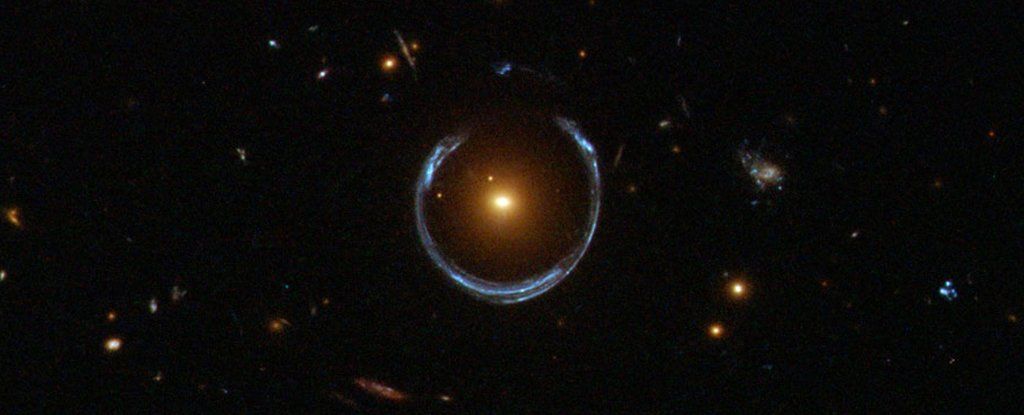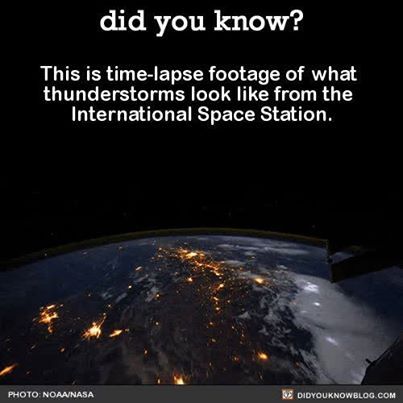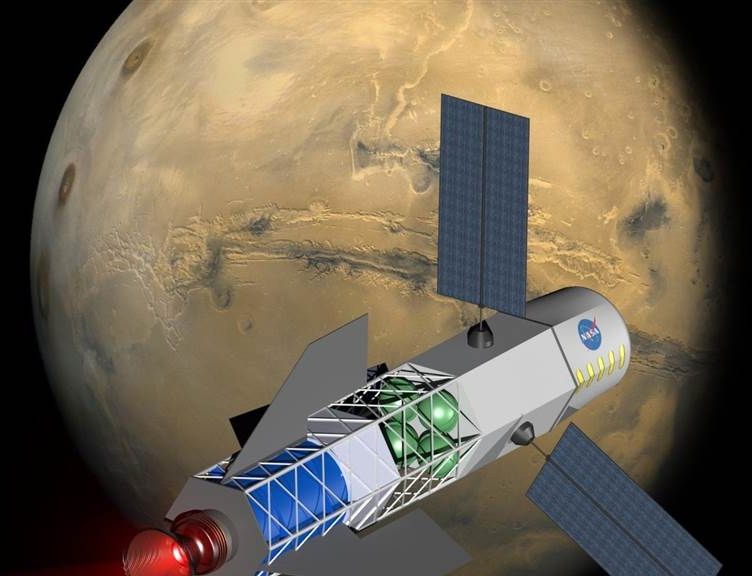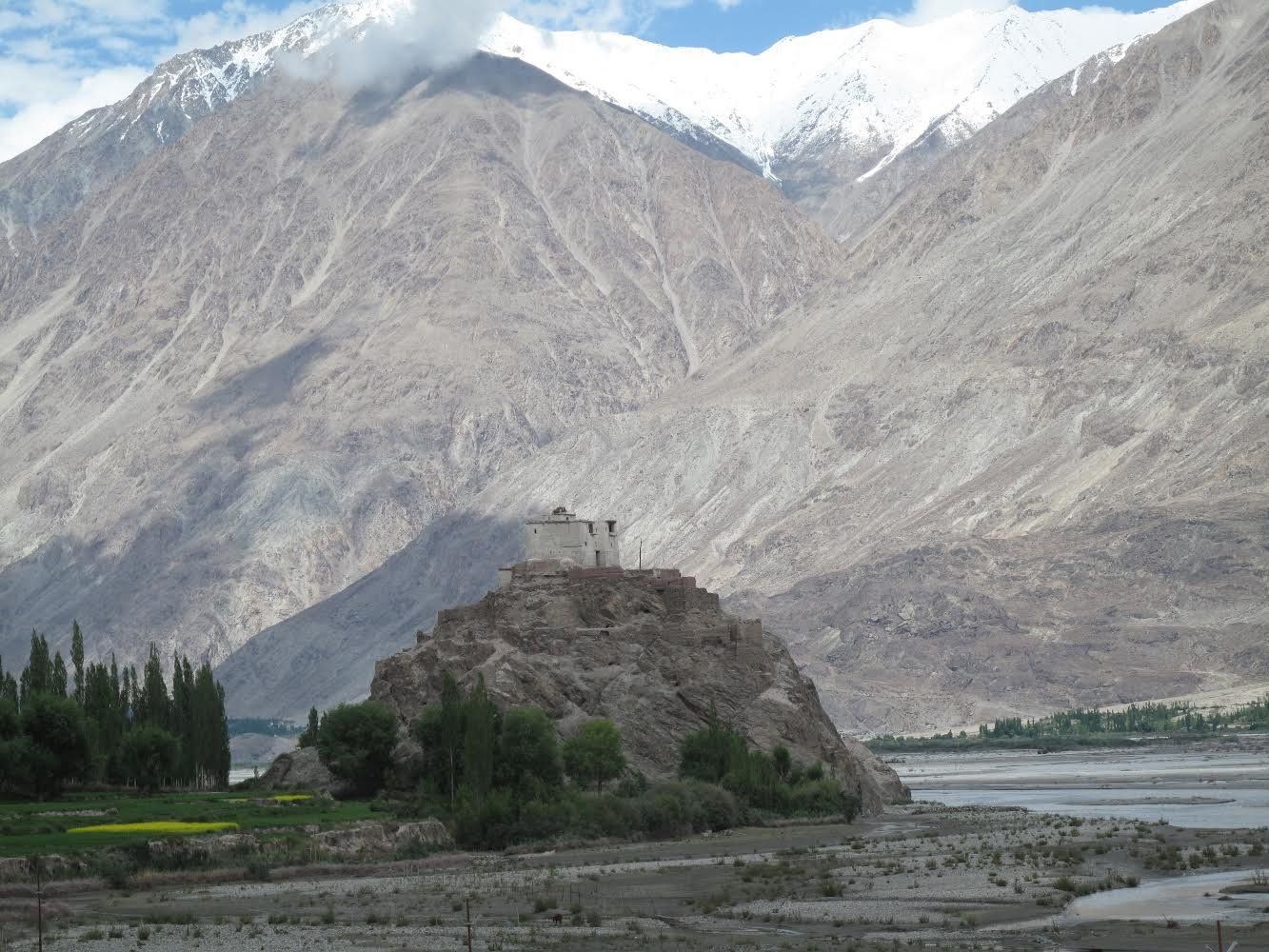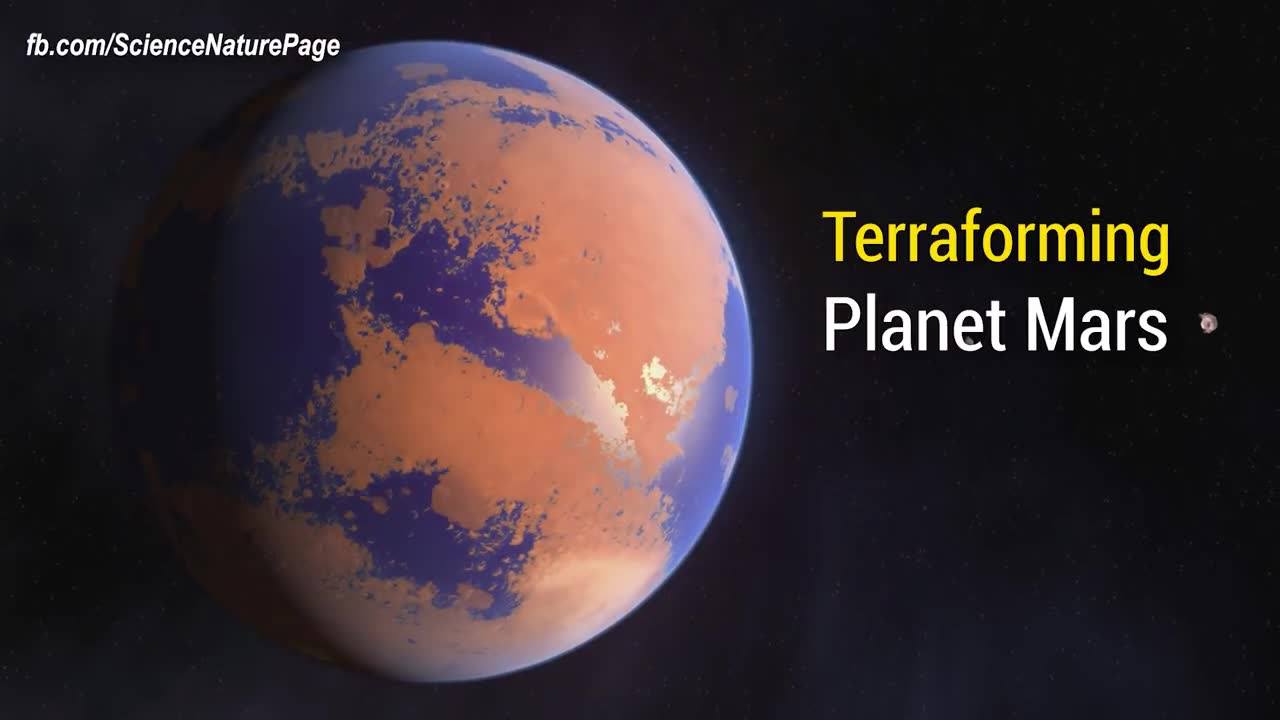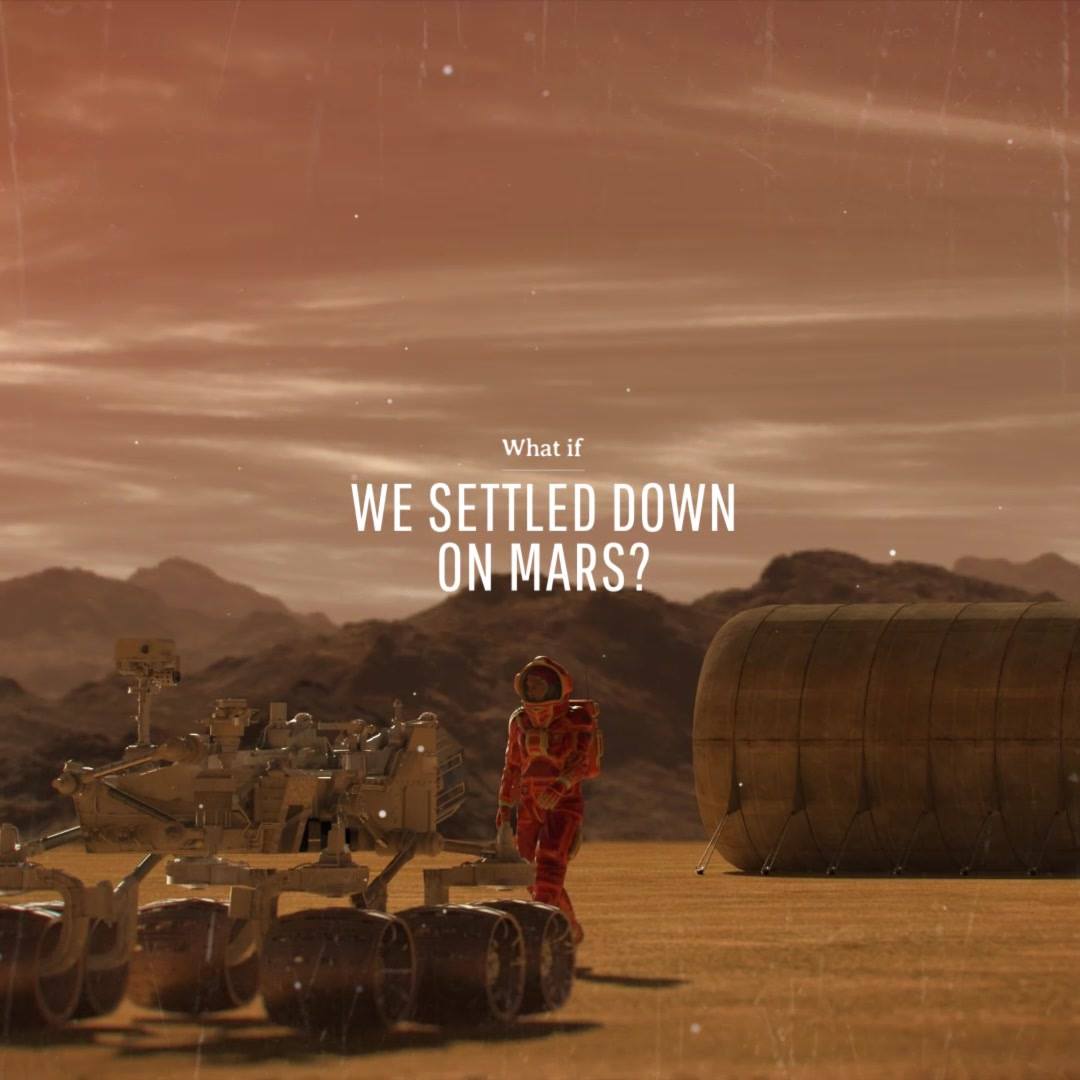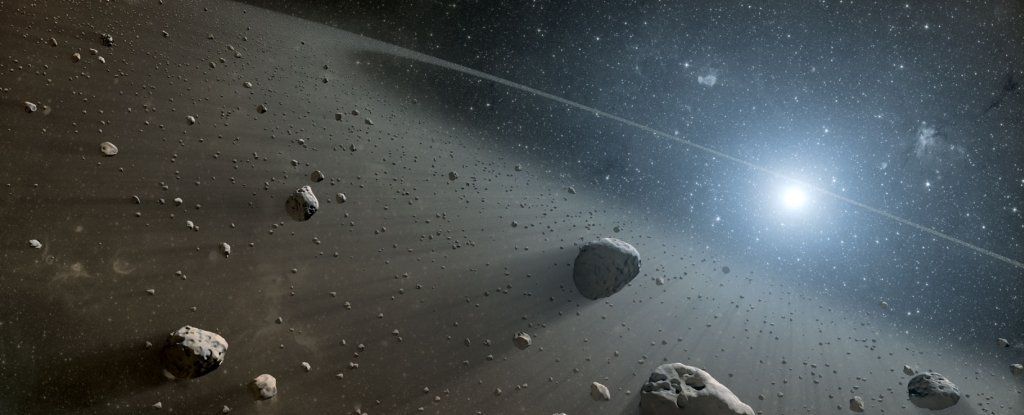Einstein’s theory was validated on a galactic scale.
The curvature of empty space caused by an entire galaxy has now been pinned down with unprecedented precision, demonstrating Einstein’s theory of general relativity still rules on a super-sized scale.
Not that anybody is seriously surprised. But on the off chance the results had failed to meet expectations, they might have provided insight into some of the Universe’s biggest mysteries. It can be so boring being right in science.
Astronomers combined data from the European Southern Observatory’s Very Large Telescope and NASA’s Hubble Space Telescope to examine how light was warped by a nearby galaxy according to Albert Einstein’s explanation of gravity.
